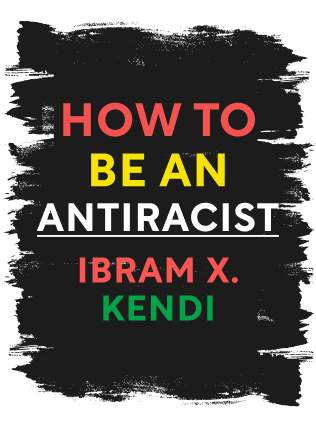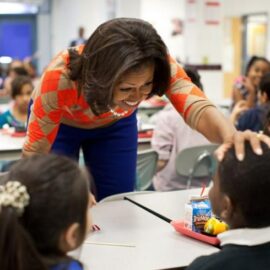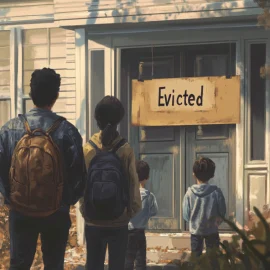

This article is an excerpt from the Shortform book guide to "How to Be an Antiracist" by tIbram X. Kendi. Shortform has the world's best summaries and analyses of books you should be reading.
Like this article? Sign up for a free trial here .
What is class racism? How does it combine socioeconomic class and race to create a further hierarchy?
Class racism is a hierarchy based on combine race and class identities. How to Be an Antiracist by Ibram X. Kendi uses examples of how the Black poor are treated worse than the White poor.
Keep reading to understand class racism, how it started, and Ibram X. Kendi’s experiences with it.
Class Racism
Race-classes are combinations of race and economic class, for example, Black poor or “White trash.”
Class racism is a combination of racist policies and ideas that causes and maintains racial inequities between race-classes. Class racists link race and economic class, support capitalistic policies that have a disproportionately negative economic impact on members of certain races, and use racist ideas to justify those policies.
Although some people blame groups like the Black poor for their poverty, in reality, economic disparities are the result of policies, not a result of the actions of individual members of races.
Example #1: In 2017 in the US, the White poverty rate was a third of the Black poverty rate, indicating that Black poor people are affected by two sets of ideas and policies—those that disfavor them for being Black and those that disfavor them for being poor—while White poor people are affected only by the policies and ideas that disfavor the poor.
Example #2: Capitalist growth in Africa has benefited many foreign investors, but very few Africans. The majority of Africans in Sub-Saharan Africa, most of whom are Black, live in poverty, and as the continent’s wealth increases, its poverty rate also increases. In fact, by 2030, 9 out of 10 “extremely poor people” will live in Sub-Saharan Africa. This is clearly a systemic problem, not a problem with the behavior of individual Africans.
When tackling any type of intersectional racism, it’s important to target both elements, or else inequity will remain. For example, antiracist policies might eliminate economic differences between Latinx and Asian poor people, or middle-income Black and White people, but there would still be class differences. In the past decades, antiracist policies have made strides toward narrowing racial inequities, but economic inequities have widened.
History and Invention of Class Racism
Capitalism is inherently racist because racism and capitalism developed hand in hand. Both came into being at the same time, during the slave trade. Enslaved people were sold for money, and then slaveholders used their labor to make money, power industrial revolutions, and finance empires.
What Is Capitalism?
Historically, and even according to defenders of capitalism who call everything from ending poverty to protecting the environment “anticapitalist,” capitalism is the exploitation of people and the environment, and the freedom to prioritize self-interest over anything else.
Some people, such as Elizabeth Warren, a US senator, define capitalism differently. Warren defines capitalism as a market that has rules, and the rules are critical to her definition. Some people call her anticapitalist because they don’t like her rules. Ibram agrees that the system she describes might help reduce inequity, but he doesn’t think the system should be called capitalism because it doesn’t match the more accurate definition of capitalism above.

———End of Preview———
Like what you just read? Read the rest of the world's best book summary and analysis of Ibram X. Kendi's "How to Be an Antiracist" at Shortform .
Here's what you'll find in our full How to Be an Antiracist summary :
- What racism is and how it evolved
- How you might have subtle racist thoughts and not even be aware of them
- Why being "not racist" isn't good enough






